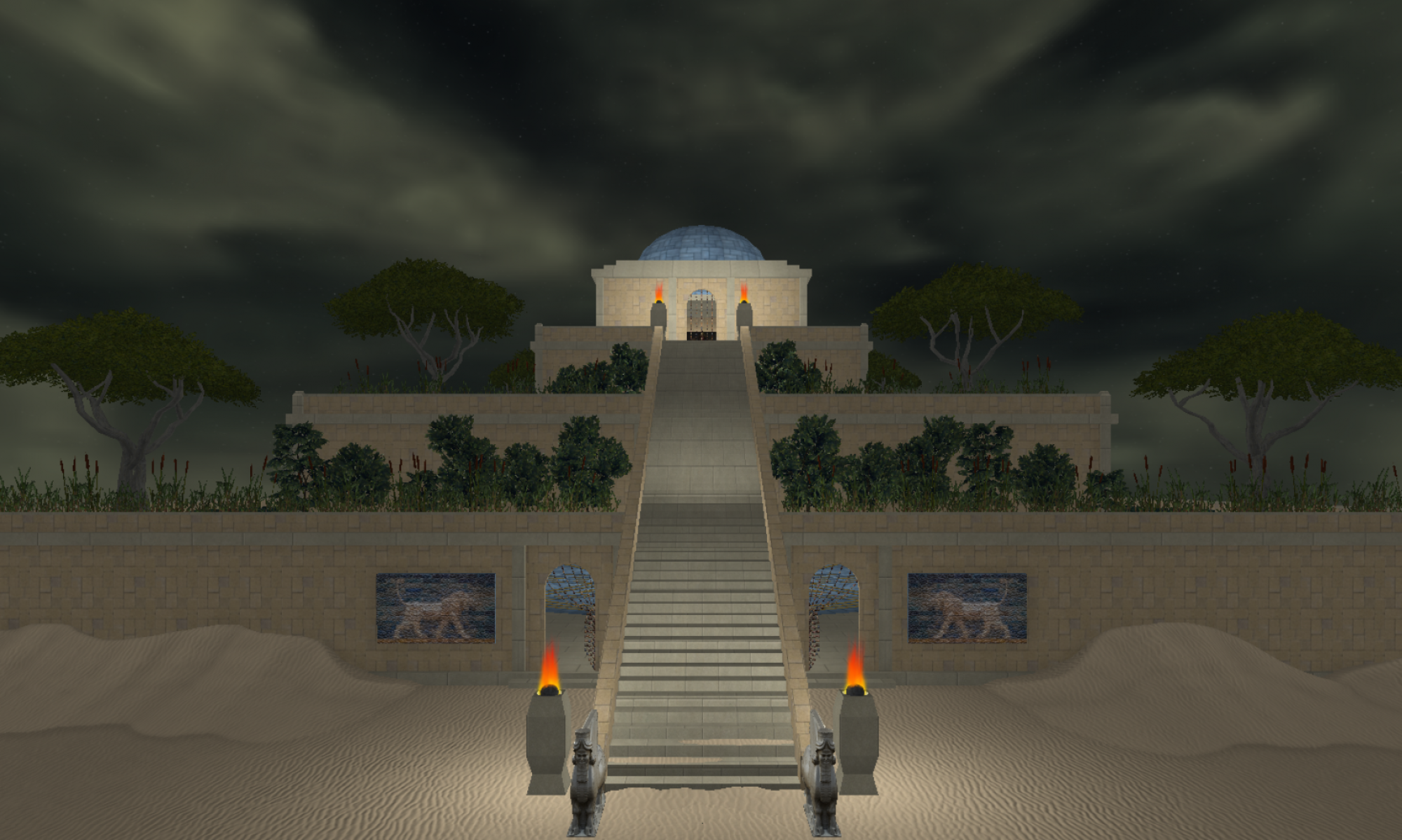The concept of intellectual property as defined by capitalism is the strangest mind virus that seems to have infected pretty much everyone and has had the most damaging effect on culture. Why have most people just rolled over and accepted it as normal? Being made a petty tyrant over an idea by default backed by a threat of violence from the state just because you were the one who remixed them is actually pretty fucked up actually. It’s just one more way that bougeroise society takes for capital what rightfully belongs to the entire collective.
“Laws are a threat made by the dominant socioeconomic ethnic group in a given nation. It’s just the promise of violence that’s enacted, and the police are basically an occupying army, you know what I mean?” –Brennan Mulligan
The concept that ideas themselves can even be owned, bought, and sold is so capitalist violence coded. But if you dare challenge that idea, the knee-jerk response is always “don’t steal from artists” or whatever as if not being instantly declared a dictator just because you did a little art that’s just enough of a remix that it fits the legal definition of “original” is somehow theft. It’s only seen that way because we force artists to be essentially creative factory workers in the capitalist system, forcing them to have to market and sell their creations like they’re just a pair of sneakers at Walmart. That’s actually pretty abusive honestly. We ought to just structure society in such a way that they’re just supported by default without having to prostitute their creations, and then the need to be made a dictator over ideas won’t be necessary. It’s incredibly ironic that it’s become so prevalent even among scientists considering it’s definitively unscientific. It’s now possible in academia to plagiarize yourself. That’s a concept so patiently absurd that it really shows just how ridiculous the entire thing is and anyone who acts like it is normal, sane, or makes any kind of sense deserves to be mocked and possibly committed. I mean who’s even the victim here? They say “Self-plagiarism misleads your readers by presenting previous work as completely new and original.” but there’s no such thing as new and original. That’s not how reality works and you’re delusional if you think it is.
Checkout the documentary series “Everything is a Remix” for a great breakdown of what I’m taking about complete with examples, but in short the human brain is physically incapable of purely original thought. Literally all it ever does is remix things it encounters. The entire idea of an “original work” is based on the superstitious concept of divine inspiration, something that isn’t backed up by reality. Just because you personally can’t identify all the elements that were remixed to make a thing, doesn’t mean they came from nowhere. That’s a logical fallacy called “argument from personal incredulity.” True novelty does not exist in nature. Life itself is entirely built on copying. The DNA of the parents gets copied and remixed to make something new out of something old. There’s nothing new under the sun because truly new isn’t physically possible. To pretend that it is is delusional.
In a collectivist society where the means of production are collectively owned (a mode of production that has been scientifically proven to be superior) the intellectual production must so too be collectively owned even if that production must by its very nature be a product of an individual. We must stop using the violence of the state to enforce dictatorship over ideas. It was always wrong, but they used the plight of the way artists are exploited by capitalism to trick you into thinking it was normal. The opposite used to be normal for most of human history. It was called the folk tradition. It’s how cultures, religions, and society organization itself formed. Pretending that it’s somehow bad is intellectually dishonest and one of the core contradictions of capitalism.
People are fighting back on a small scale. The growing copyleft movement is pushing back against the violent narrative of the capitalists. Things like creative commons and FOSS software licenses like the GPL are ways that people push back against the violence. But so long as we live under the violent domination of capitalism, those methods will unfortunately always be a way to opt out rather than having to opt in to choosing violence just because you created something. It is worth noting though that the entire backbone of the Internet was built on collectivist labor utilizing copyleft licensing. Pretty much every major website and service runs its server infrastructure on Linux; a copyleft operating system. They do so because it’s better. No matter what they might try to tell you, collectivist labor makes better products.
The next time someone tries to tell you that when the proletariat copies from the stuff the capitalist class have metaphorically written their names on with a sharpie is somehow bad, remind them that they wouldn’t even be alive today if their DNA wasn’t pirated and remixed from that of their ancestors.
Appendix: Have you ever heard the accusation “white Americans have no culture”? This is the reason at its heart; culture is a form of collective remixing. A variation on a theme that a group of people develop over time due to their physical proximity. However when you build metaphorical fences around everything and say “this is mine, you have have it” backed by a promise of state violence, it’s pretty hard for such a thing to actually develop naturally.
